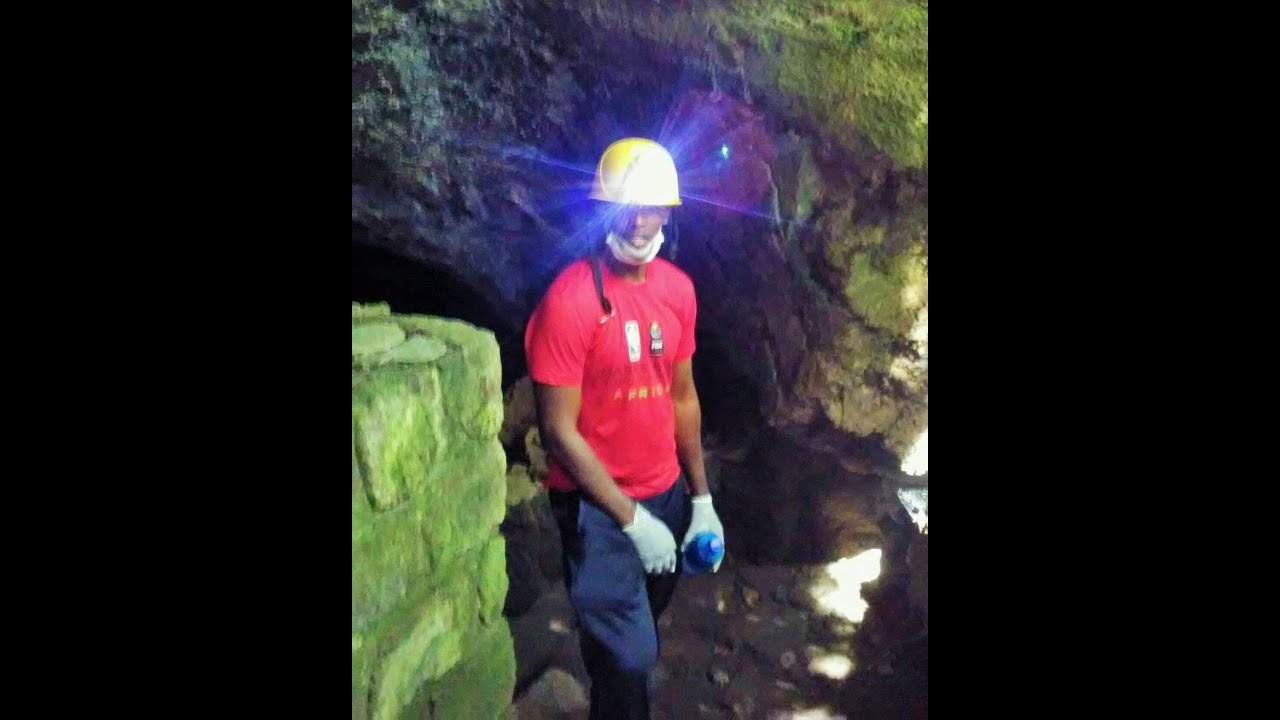Musanze Caves: The Hidden Wonders Annexed to Volcanoes National Park
Before I entered Musanze Caves, I was instructed to wear a facemask, a pair of gloves, and a helmet fitted with a headlight. Then I embarked on a guided tour through a tunnel-like channel, stretching a couple of kilometers underneath the surface of the earth.
During the expedition that led to the publication of a book titled Memories, I stumbled into lava tubes and visited the underground world. What I saw down there is quite intriguing.
The volcanic turmoil behind the emergence of the Virunga Massif is responsible for the formation of Musanze Caves. During the eruptions, viciously discharged lava gushed in the least resistant directions. As the outer parts of the streaming molten rock eventually cooled and hardened, the inner currents continued to flow unobstructed, leaving behind huge horizontal openings beneath the elevated ground.
Prior to the launch of Musanze Caves as a new product in adventure tourism, a lot of work was done to pave the underground walkway. Something similar to a cobblestone footpath is built. In addition, stairs are shaped to ease climbing up and down the uneven floor.
Musanze area's landscape was reshaped by centuries of volcanic action. As a result, a variety of geographical features were formed, altitude levels were altered, and subways were created. From freshwater lakes to the towering volcanoes and underground open spaces, lava emitted from the Virunga vents formed magical attractions.
